Blog
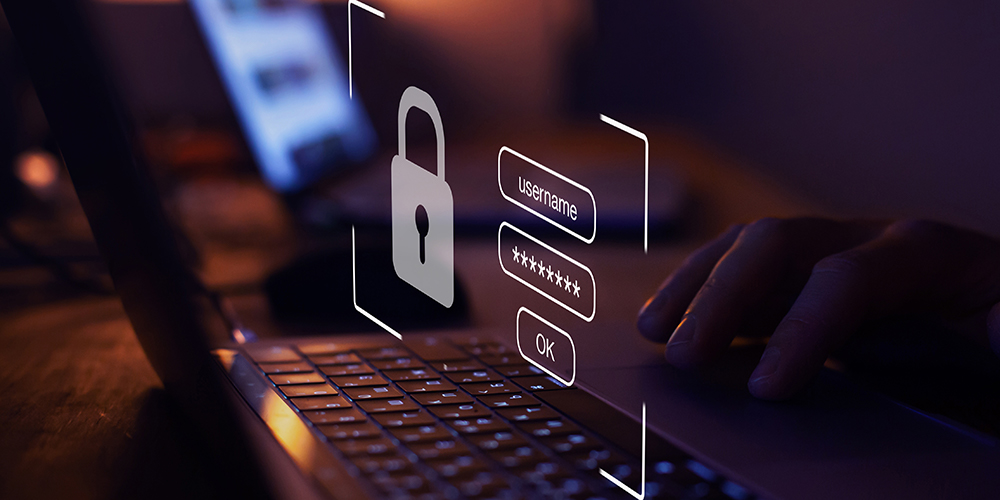
Protect Passwords to Safeguard Personally Identifiable Information
Businesses large and small deal every day with personally identifiable information from customers, employees and additional stakeholders. How do they protect it? While passwords alone are not considered personally identifiable information, they help keep it safe. Read on to learn more about how to manage passwords and keep data safe
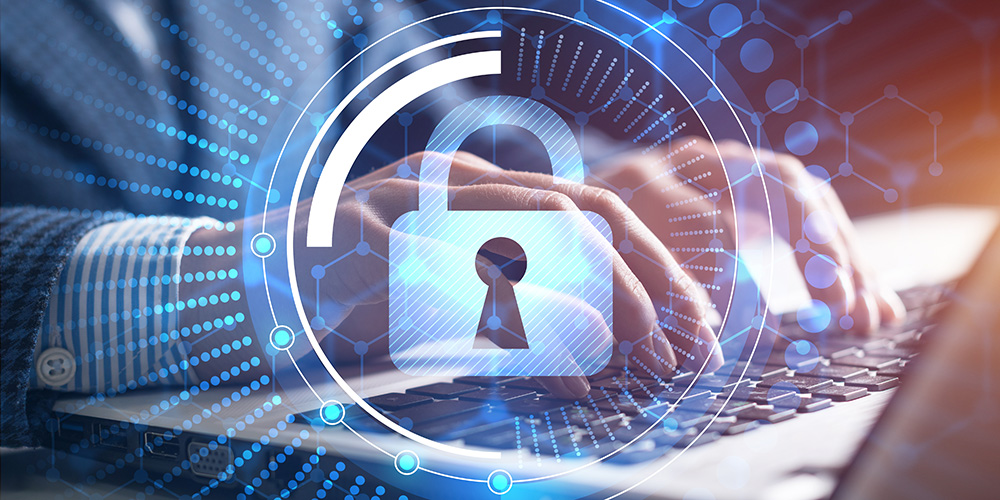
From Cybersecurity to Cyber-Resilience
Cybersecurity is an ever-present issue, especially in these times of rapid innovation. With this innovation, companies need to remember the importance of protecting systems, devices, networks and data from cyber attack. But what if we all went a few steps beyond, thinking of what to do to deal with an incident while it’s occurring and after it happens. Read on to learn how to work toward making your organization cyber resilient in the face of today’s threat landscape. Cybersecurity and Cyber-Resilience The two concepts sound similar, but the difference between cybersecurity and cyber-resilience is the focus. Cybersecurity refers to protecting systems, networks and data from cyberattack, whereas cyber-resilience is about an organization’s ability to withstand and recover from an attack while and after it happens. Both are important, and both contribute to business resiliency. An attack happens about every 39 seconds, according to some sources. Common types include malware attacks, ransomware, and Distributed Denial of Service (DDoS), and these attacks can steal data or access to it, or even stall your system. And the effect on your business is potentially devastating; even a short power outage can result in costly downtime. How will your organization not just prevent these hazards, but deal with and recover from them, and stay running and resilient? Benefits of Cyber-Resilience The threat landscape continues to expand, with more attacks and the attacks becoming more sophisticated. Considering the rate of cyberattacks already occurring, the probability of one striking any one organization is high. Protecting yourself, as well as having a plan to respond to an attack when it happens, benefits your company in numerous ways....
Aligning Information Technology Spending with Business Goals
As seen in various trend reports, spending is expected in certain areas like cloud computing, digital innovation, and more. These developments sound exciting, but whether or not your company wants to embark on one of these directions depends on your business goals. Read on to learn how to assess whether emerging technology fits with business plans.

What’s Coming Up: Technological Trends in 2024 and Beyond
With cutting-edge technology and digital innovation continuing to take center stage, technology spending is expected to continue expanding. With digital innovation like artificial intelligence, cloud computing and even the Internet of Things also comes a greater potential of cyber threats. Read on to learn more about technology trends and how they may affect businesses in 2024 and beyond

Taking a Proactive Approach to Cybersecurity
The state of cybersecurity seems to be getting better, though there’s always room for improvement. According to a recent report by CompTIA, “The State of Cybersecurity 2024”, more companies see the need to take a proactive approach and look at cybersecurity from a risk management standpoint. Read on to learn what this might mean to your efforts to protect technological assets.
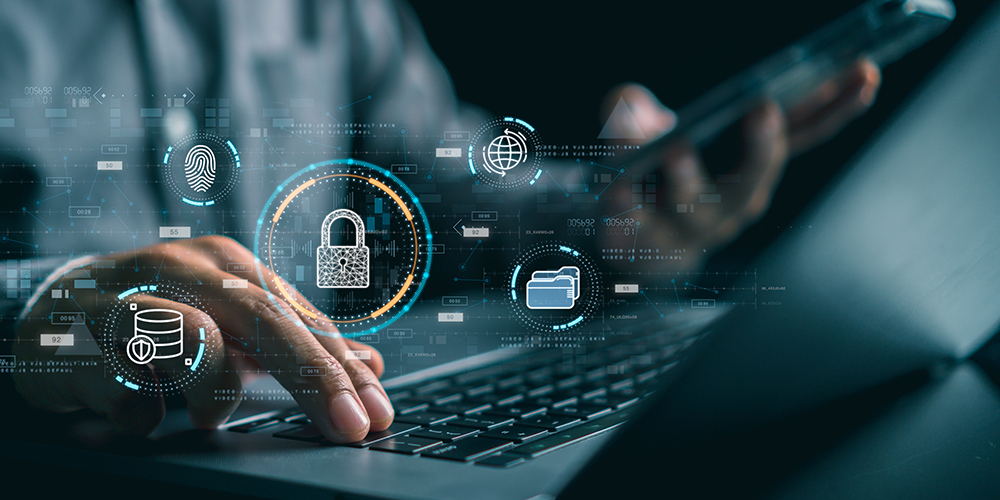
Protect Your Network Using Defense in Depth
The old defenses against cyberattacks–firewalls, antivirus programs and operating system patches–worked well when the security perimeter was the office. Now that remote work is here to stay and more devices are connected to company networks, protecting networks is more complicated. Read on to learn how defense in depth, an integration of individual tools, can help you better protect your technological assets.
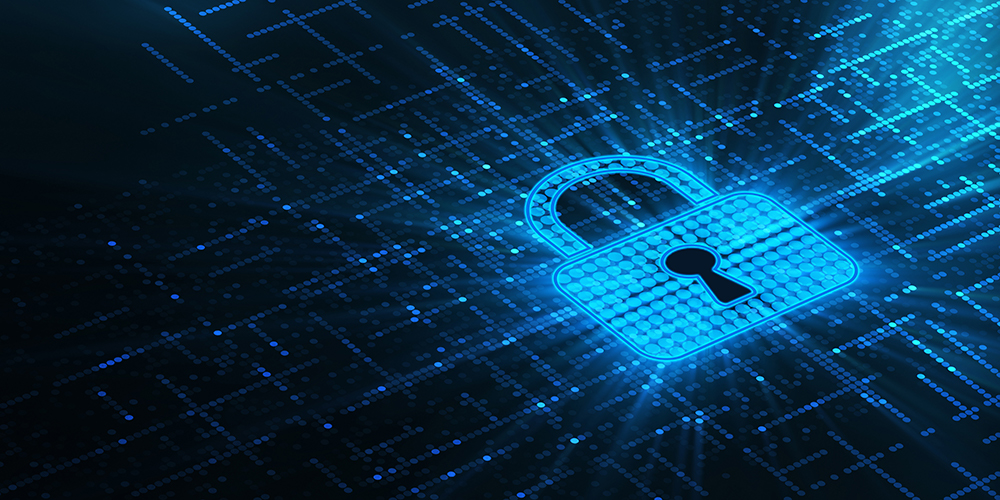
From Aware to Prepared
With an increasing number of devices connected to networks, as well as increasingly sophisticated cyber attacks, the threat landscape is incredibly broad. In 2003, the US government and various industries collaborated and created Cybersecurity Awareness Month. Each October, the spotlight falls again on keeping your system secure and being secure online. Read on to learn about becoming not just aware, but prepared, all year long.

Getting Started with A Preparedness Plan
With the recent wildfires in Maui, disaster preparedness is (or should be) once again top of mind. Aside from the physical recovery of businesses, integrity of their data (the lifeblood of the business) is at stake. Even if you think you’re prepared, you may not be. Read on to learn more about where to start in your disaster recovery planning.
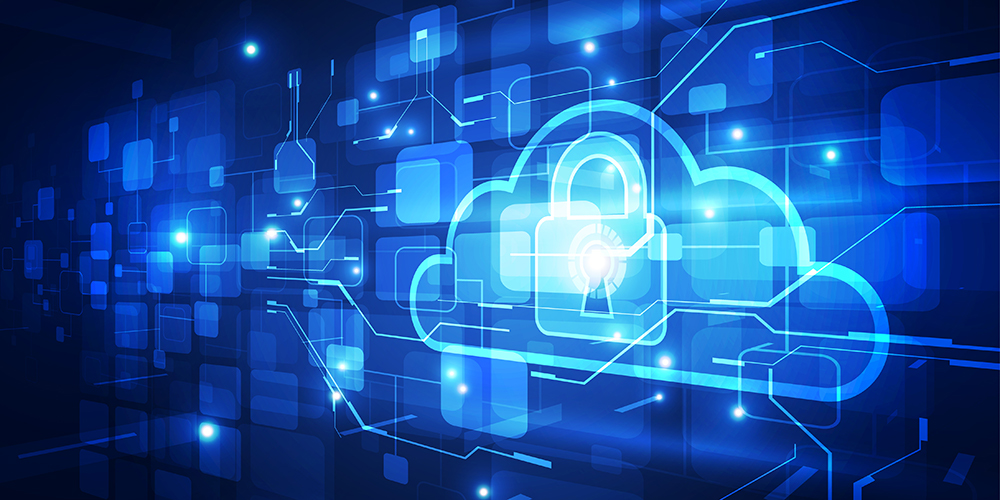
Cloud Security – A Shared Responsibility
While cloud computing is now a common way to provision computing resources and outsource IT functions, security can be a (perceived) obstacle to adoption. Cloud security can be a shared responsibility, however, between the customer and provider. Read on to learn more about what to expect from a current or prospective provider, and what you can do yourself to stay secure.
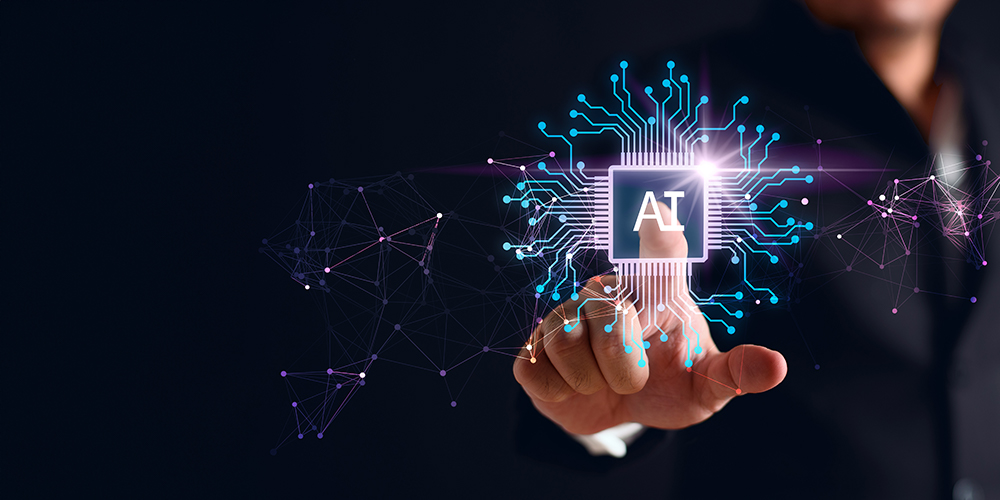
How Will Your Business Use Artificial Intelligence?
Artificial Intelligence seems to be the hot topic nowadays, in the business world and the world at large. Many of us use the technology, whether we know it or not. Visitors to a website see that chat window pop up, and it seems like a real person is on the other end. Because of AI, it is often a chatbot simulating personal interaction.
